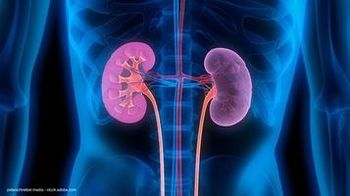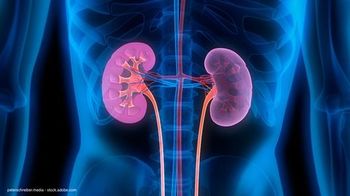
Amitriptyline helps, even when patients don't have 'classic' IC
Amitriptyline has long been used for treating symptoms of interstitial cystitis, but now long-term data confirm its usefulness, even when patients don't fit the strict NIDDK research definition of IC. Key to long-term success is allowing patients to titrate the dose themselves.
Amitriptyline has long been used for treating symptoms of interstitial cystitis, but now long-term data confirm its usefulness, even when patients don't fit the strict NIDDK research definition of IC. Key to long-term success is allowing patients to titrate the dose themselves.
Arndt van Ophoven, MD, PhD, in the department of urology at the University of Munster in Munich, Germany, presented the first formal study of amitriptyline for IC at last year's AUA meeting that demonstrated its effectiveness. Now he has looked at amitriptyline's performance long-term and in patients who met at least one but not all of the NIDDK criteria.
Among the 94 IC patients who took amitriptyline for a mean of 19 months, 59 met all the NIDDK criteria, but 35 patients met only one or some criteria. For example, 33 patients did not demonstrate Hunner's ulcers or glomerulations on hydrodistension. The starting dose was low, 12.5 mg/day, and patients could titrate up at weekly intervals to 150 mg/day. The mean dose was 55 mg/day.
"Effectiveness will reach a plateau most probably within the first 4 to 6 weeks," Dr. van Ophoven told Urology Times. "Patients will recognize very early if they have to titrate to high doses."
Improvements in all symptoms - pain, urgency intensity, functional bladder volume, and frequency - were statistically significant and were maintained over the long term in both groups of patients.
Side effects of this agent can be a problem, but "individual dose tritration is a very powerful tool to diminish them," Dr. van Ophoven added.
Newsletter
Stay current with the latest urology news and practice-changing insights — sign up now for the essential updates every urologist needs.

















